| Bald eagle |
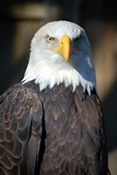 Latin name: Haliaeetus leucocephalus Latin name: Haliaeetus leucocephalus- Description: Juveniles are black or dark brown in their first year. Birds aged 2-4 years old are brown with flecks of white in their wings, head, and tail. Adults have a full white head and tail, and dark brown body.
- Habitat: Most commonly seen along the Grand River and its major tributaries, as well as large reservoirs where prey is abundant. Adults and sub-adults hunt fish, waterfowl, and gulls. Adults build nests in large trees such as white pine and cottonwood poplar.
- Hotspots: Dunnville Marsh, Luther Marsh, and middle portions of the Grand River Valley between Kitchener and Brantford
- Status: Special Concern in Ontario
- Threats: Illegal shooting, habitat alteration or destruction, and bioaccumulation of pesticides, mercury, and lead continue to threaten this species.
- Photo: Lara Fox
|
| Black tern |
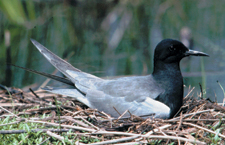 Latin name: Chlidonias niger Latin name: Chlidonias niger- Description: Breeding adults have a distinctive black head and body, and a dark gray wings. Juveniles have gray-brown feathers in the wings, white cheeks and underparts, and a dark skullcap.
- Habitat: Found in large coastal and inland marshes, wet meadows, and ponds
- Hotspot: Luther Marsh
- Status: Special concern in Ontario
- Threats: Declines are mainly the result of the loss, alteration, or degradation of wetland habitat. Threats include the invasion and spread of exotic plants, draining of wetlands, water pollution, and human disturbance of nesting colonies, particularly waves caused by boat traffic, which can swamp floating nests.
- Photo: Allen Woodliffe
|
| Horned grebe |
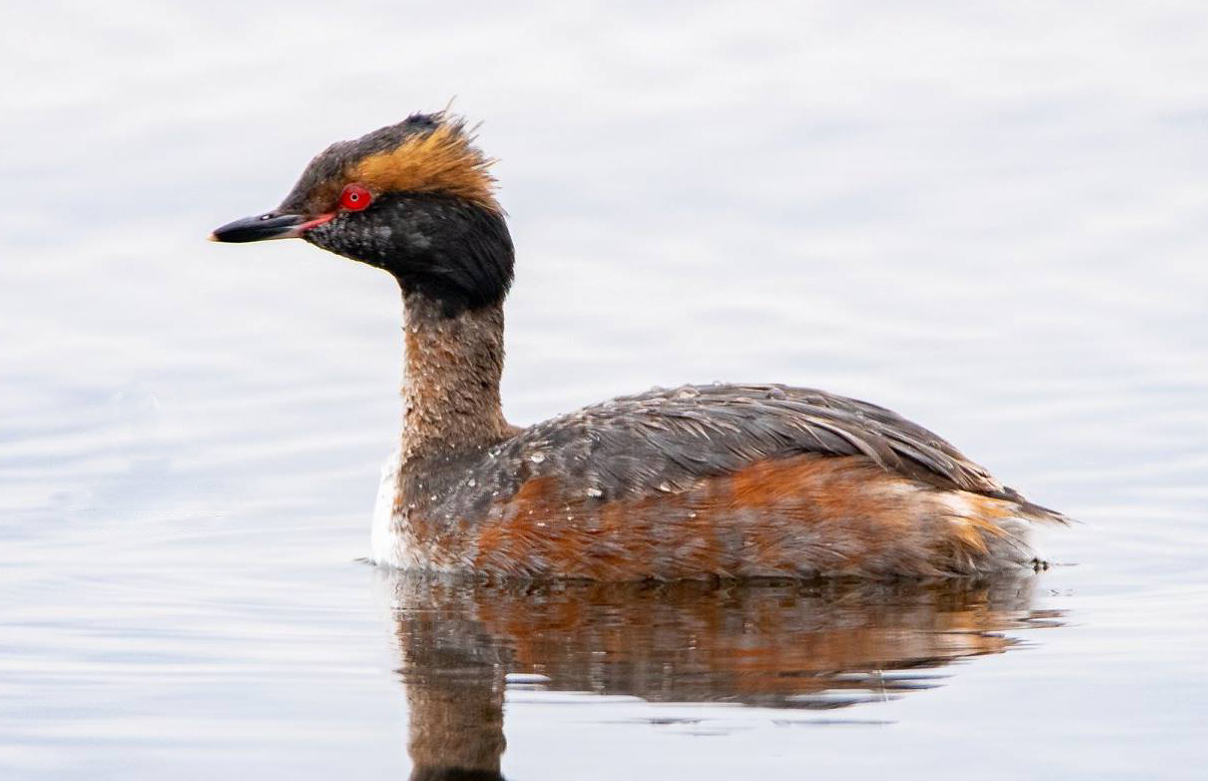 Latin name: Podiceps auritus Latin name: Podiceps auritus- Description: A small grebe with a small head, short bill, and distinct red eye. Breeding birds have a brick red neck and body, and dark gray head adorned with a distinct yellow-orange tuft of feathers behind the eyes. Wintering or non-breeding birds have a black head and sharply constrasting white cheeks, gray back, and gray-white underparts.
- Habitat: Found on larger lakes and rivers
- Hotspots: Larger reservoirs, lakes, and rivers throughout the watershed during spring and fall migration. A late fall migrant.
- Status: Special concern in Ontario and Canada
- Threats: Populations in decline due to permanent loss of wetlands. Widespread and recurring periods of drought across the prairie provinces have had a significant negative impact on this species.
- Photo: Kevin Tupman
|
| Least bittern |
-
Latin name: Ixobrychus exilis
-
Description: A small buff-colored heron with a relatively long neck and legs
-
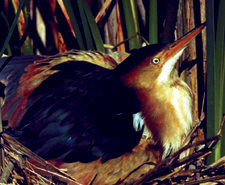 Habitat: Nests in freshwater and brackish marshes, usually containg a mix of emergent vegetation (e.g. cattails) and open water Habitat: Nests in freshwater and brackish marshes, usually containg a mix of emergent vegetation (e.g. cattails) and open water
- Hotspots: Dunnville Marsh (Haldimand County), Grass Lake (Region of Waterloo), and Luther Marsh (Dufferin and Wellington Counties)
- Status: Threatened in Ontario and Canada
- Threats: The draining or filling of wetlands, and habitat degradation caused by invasive species and human activity threatens this species.
- Photo: Bill Dyer
|
| Prothonotary warbler |
-
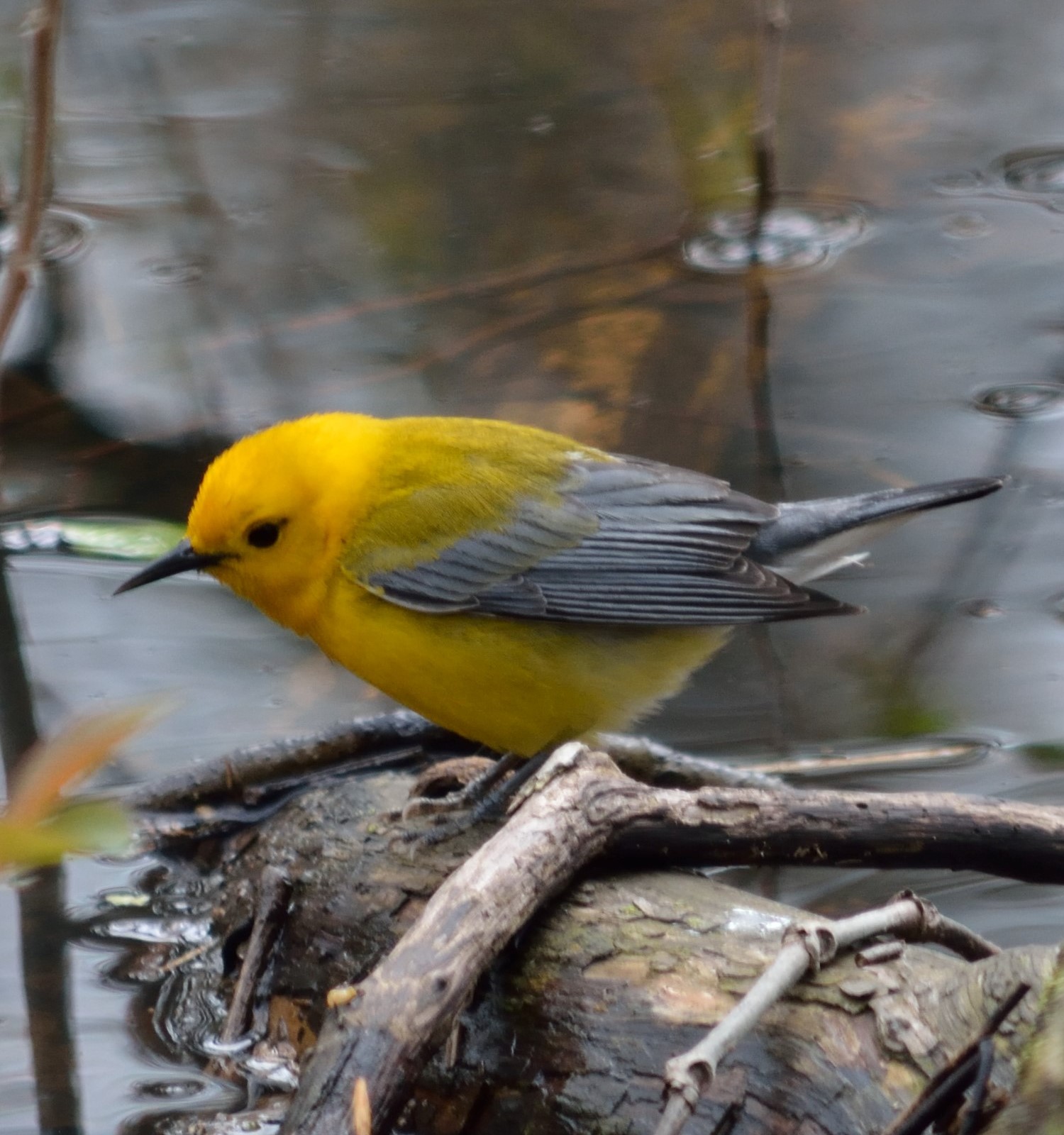 Latin name: Protonotaria citrea Latin name: Protonotaria citrea
Description: A relatively large, plump, short-tailed, and long-billed warbler with large, dark prominent eyes, a bright yellow head, chest, and belly, and blue-gray wings.
- Habitat: Generally breeds in large and mature deciduous swamps and forests. Dark swamps containing standing water and scattered dead tree stumps are preferred.
- Hotspot: Brant County
- Status: Endangered in Ontario and Canada
- Threats: Loss or alteration of both wintering and breeding habitat is the largest threat to this species.
- Photo: Anthony E. Zammit
|
| Red-headed woodpecker |
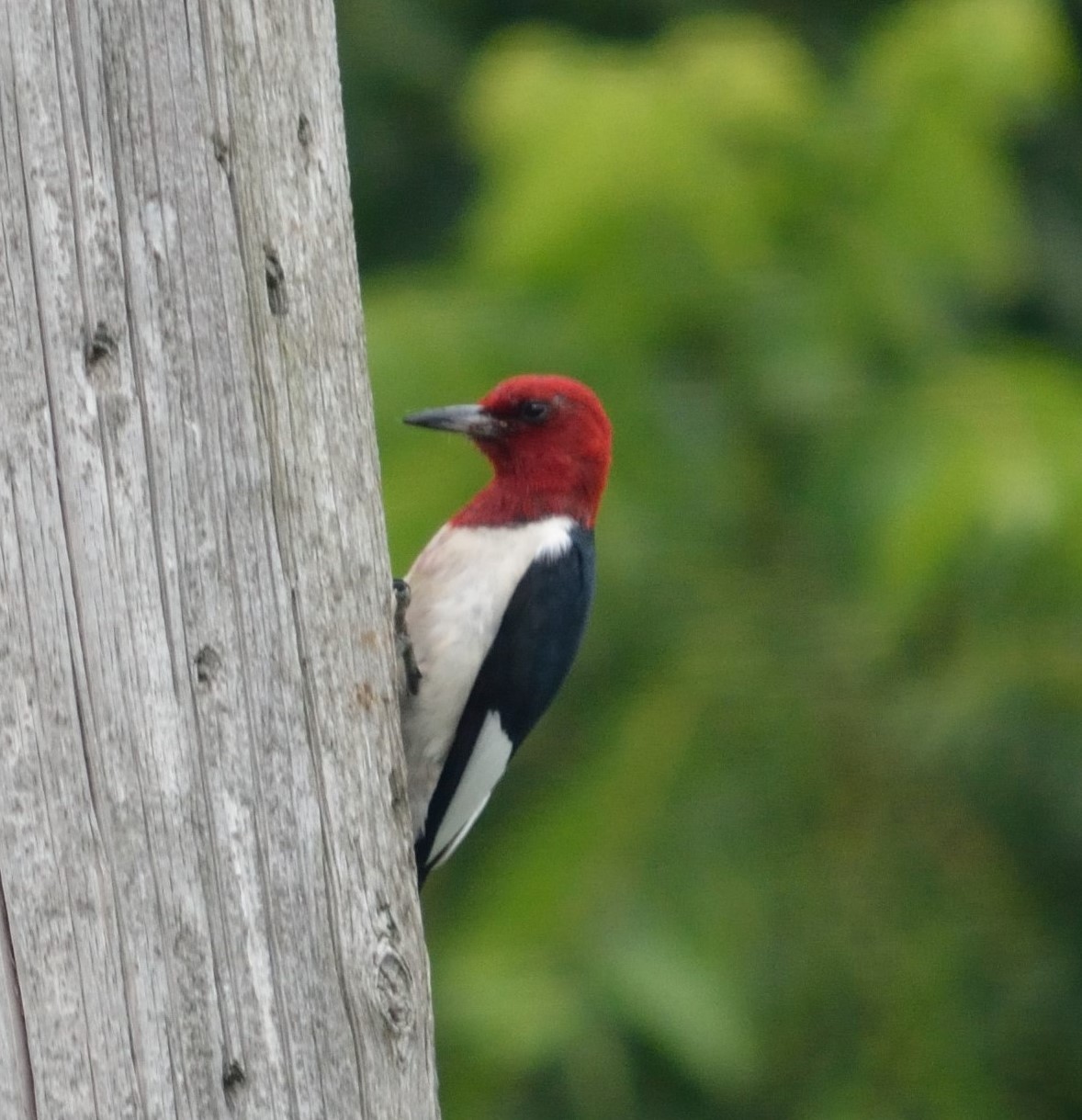 Latin name: Melanerpes erythrocephalus Latin name: Melanerpes erythrocephalus- Description: A medium-sized woodpecker with a full red head, large white patches on black wings, and a white body
- Habitat: Prefers deciduous forests and woodland edges, and typically nests in large, decadent trees that are decaying or dead
- Hotspots: Central Grand River watershed, including Brant County, City of Hamilton, Waterloo Region, and Wellington County
- Status: Special concern in Ontario and Canada
- Threats: Habitat loss due in part to land use practices and natural succession, specifically the removal of dead nesting trees threatens this species.
- Photo: Anthony E. Zammit
|












 Latin name: Haliaeetus leucocephalus
Latin name: Haliaeetus leucocephalus Latin name: Chlidonias niger
Latin name: Chlidonias niger Latin name: Podiceps auritus
Latin name: Podiceps auritus Habitat: Nests in freshwater and brackish marshes, usually containg a mix of emergent vegetation (e.g. cattails) and open water
Habitat: Nests in freshwater and brackish marshes, usually containg a mix of emergent vegetation (e.g. cattails) and open water Latin name: Protonotaria citrea
Latin name: Protonotaria citrea Latin name: Melanerpes erythrocephalus
Latin name: Melanerpes erythrocephalus